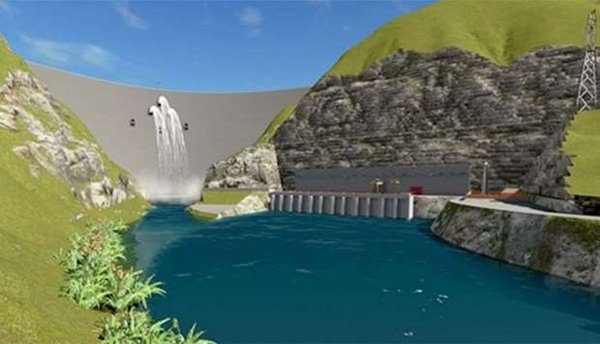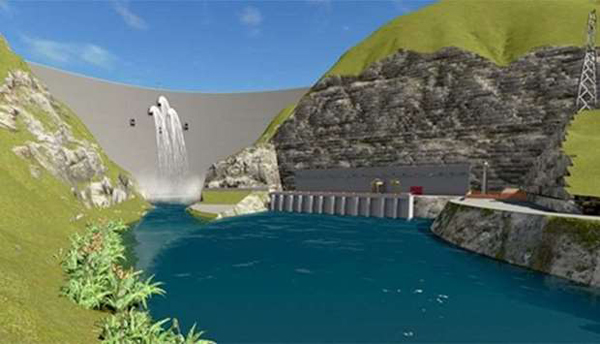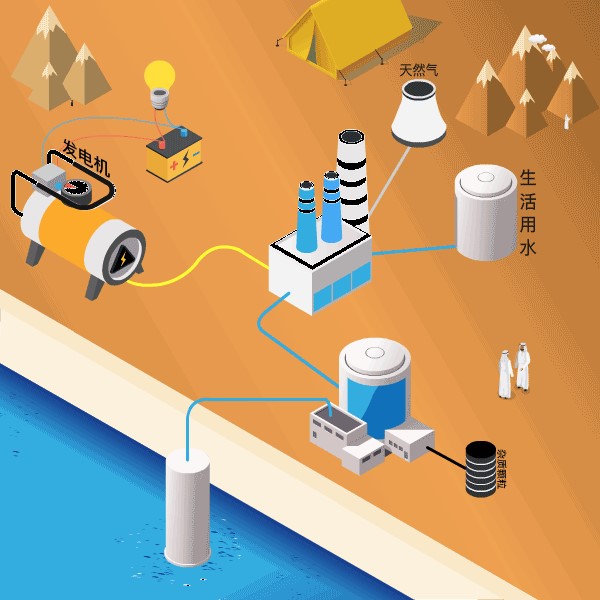Continued Nepalese BRI Hydropower Uncertainty Proves Dam Fine Mess
Series of off and on again mainland-backed energy projects spur growing concerns over sustained national power outages.

On 19 September 2018, the newly-elected Nepalese government announced it was cancelling its agreement with the China Three Georges Corporation (CTGC) to build the US$1.5 billion West Seti Hydropower Project. Set in Western Nepal, this 750 MW project was one of the country's flagship Belt and Road Initiative (BRI) developments and the second most expensive hydropower installation ever to be given the green light by Kathmandu. Within the space of a week, it was then announced that the China Gezhouba Group Corporation (CGGC) had been reappointed to oversee the 1,200 MW Budhi Gandaki project – with its US$2.5 billion price tag making it the most expensive such project in the country's history.
In total, the West Seti Project has been thirty years in the making, even though the Nepalese government only signed a Memorandum of Understanding (MoU) with CTGC with regard to the initiative as late as 2012. In recent months, however, it is understood that the state-owned mainland power company had become increasingly disillusioned as to the overall viability of the project.
The issue came to a head during a two-day meeting between CTGC and the Investment Board Nepal (IBN), the government body charged with seeing the project through. Negotiations between the two eventually faltered, despite an offer from the Nepalese side to cut the project's agreed installed capacity from 750 MW to 600 MW and to ratify a future power purchase agreement in US dollars (rather than in Nepalese rupees) as a way protecting the deal from any untoward currency fluctuations.
Overall, it is thought that CTGC's concerns over the cost of resettling the villagers likely to be displaced by the project, together with the expense of ameliorating the high level of the anticipated environmental impact, caused it to pull out. At present, the two sides are said to be at an impasse, with the future of the project far from clear.
In the case of the Budhi Gandaki Project, the reappointment of CGGC came 10 months after the company had been dismissed as the lead contractor by the previous Nepalese administration, as headed by former Prime Minister Sher Bahadur Deuba, when a decision was taken to develop the project with solely local financing.
Addressing the apparent change of heart, Gokul Baskota, the country's current Minister for Communications and Information Technology, said: "The decision to scrap the agreement with CGGC, as taken by the previous administration, lacked any proper grounding. For our part, we have decided to correct that, largely as Nepal doesn't have the capacity to build such a large project on its own, while securing the necessary funding has also proven something of a challenge."
Once completed, the now back-on-track 1,200 MW Budhi-Gandaki plant will virtually double Nepal's current hydropower capacity. In order to help balance the books until the project begins turning a profit, CGGC has agreed to work under the engineering, procurement, construction and financing (EPCF) model, an arrangement that will defer many of the costs for the Nepalese side.
The decision to bring CGGC back on board, though, has not been without controversy. This has mainly been on the grounds that the project was handed back to the Chinese company without any competitive bidding process being undertaken, a requirement that could have resulted in lower overall costs.
Widespread concern has also been caused by the level of displacement likely to be necessitated by the project. In all, more than 8,000 households will be compromised by the development, with the reservoir for the storage project set to submerge 3,560 homes, while a further 4,557 will also be adversely affected.
Such concerns, however, are seen as being more than balanced by the fact that Nepal is currently suffering a massive energy-production shortfall, one that obliges it to buy power from neighbouring India at a premium cost. It is a problem that is only being exacerbated by the fact that many of the country's planned power projects continue to run behind schedule and over budget.
As a result, hastening the completion of the Budhi Gandaki project is seen as the best way of heading off major power outages across the country. Indeed, it is a problem that was further compounded back in 2015, when an earthquake damaged 31 of the country's hydropower installations, cutting its power generation capacity by 20% overnight.
Geoff de Freitas, Special Correspondent, Kathmandu





